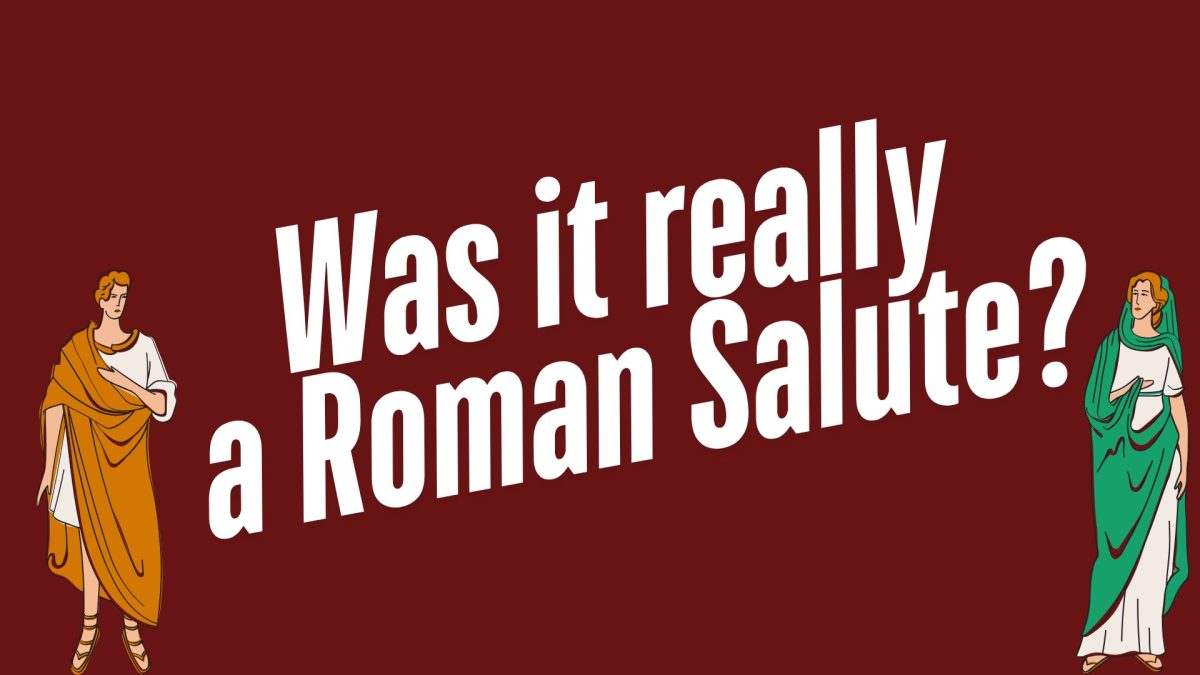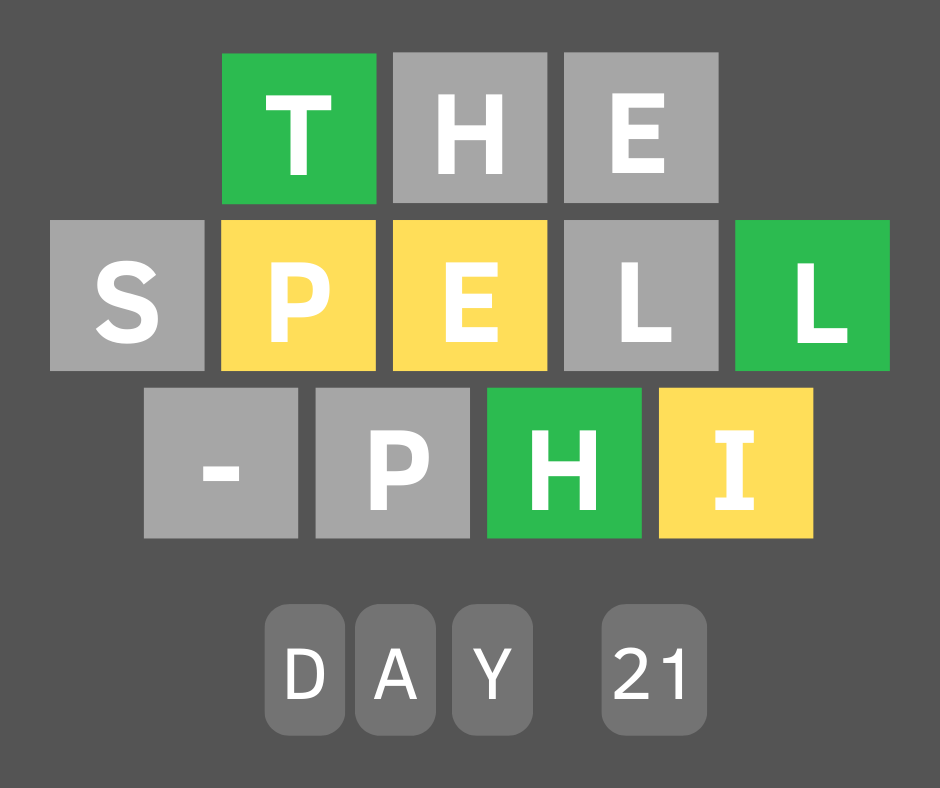For thousands of years there have been the common stereotypes of women in literature. These stereotypes negatively portrayed female characters, putting them in either an incredibly weak position or as a backstabbing villain.
For years, women have played the role of a mother and wife, a lady, sweet, modest, emotional, and gentle. One of the most common stereotypes showing these qualities is the damsel in distress who can’t think for herself.
If women are not the damsel, they then play the role of the villain, as liars or snakes who are evil and irrational. This is shown in Homer’s work “The Odyssey”, when Agamemnon warns Odysseus to never tell a woman the full truth because women are deceitful and conniving people who should not be trusted.
However, a number of heroines defy these stereotypes, including Hermione Granger, Katniss Everdeen and Elizabeth Bennet.
Hermione Granger, from J.K. Rowling’s “Harry Potter” series, is a strong and heroic woman who is incredibly smart, determined and courageous. She is also incredibly loyal to her two best friends, Ron and Harry. She saves herself and her friends from tricky situations.
Katniss Everdeen, from Suzanne Collins’ “The Hunger Games” series, is similar to Granger in intelligence and determination. Everdeen is the strong, independent character who makes her own decisions. She always speaks her mind and does not blindly follow others.
Elizabeth Bennet, from Jane Austen’s “Pride and Prejudice,” defies the traditional gender roles of the 1800’s, which also plays into the stereotypes of women. Bennet speaks her mind about women’s rights and equality in relationships.
The world of writing has evolved in the past few decades. It was common for female authors to publish under a pen name or by their initials so that people would read their books or so they could find a publisher. Such examples are J.K. Rowling and the Brontë sisters.
Rowling published using only her initials as a way to get young boys, who were her target audience, to read “Harry Potter” as her publisher felt that they would not want to read the book if it was written by a woman.
The Brontë sisters, Charlotte, Emily and Anne Brontë, wrote as the Bell brothers. Charlotte Brontë wrote “Jane Eyre,” Emily Brontë wrote “Wuthering Heights,” and Anne Brontë wrote “The Tenant of Wildfell Hall.” The topics that the books used, such as controversial romances, alcoholism and violence, were all shocking topics that were far too extreme for women from respectable families at the time.
Austen, however, did not use a male pen name; she published anonymously, with her cover having “By a Lady” written on it.
During Austen’s, time it was deemed inappropriate by society for a woman to write novels, so by using her true name, Austen could have put herself at risk of becoming a target of social censure.
Even as the world of writing advances, these stereotypes still exist despite the importance of young girls who read these books to see smart, independent heroines of literature.
These women authors and characters help to encourage young girls to do great things and speak up about what they believe in instead of sitting back quietly.
The new and old heroines are great for these young girls who should see female characters who are strong and independent, rather than in need of saving and weak or as the villain of another story. These characters will boost girls’ confidence in themselves and help them not to feel lesser than others.


















































































